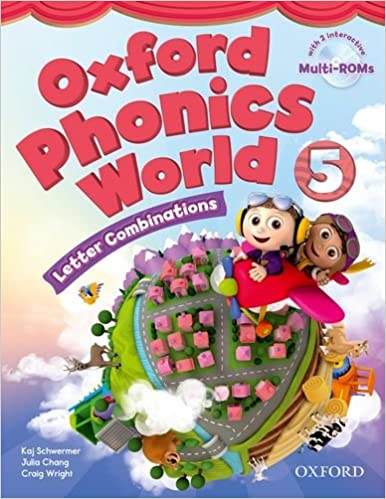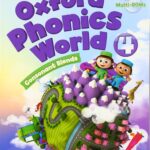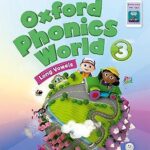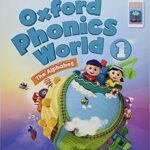Oxford Phonics World: Level 5. Student book to learn to really read, not just memorize words and sounds. Free Ebook
Oxford Phonics World: Level 5


Oxford University Press had its origins in the information technology revolution of the late fifteenth century, which began with the invention of printing from movable type. The first book was printed in Oxford in 1478, only two years after Caxton set up the first printing press in England.
Despite this early start, the printing industry in Oxford developed in a somewhat haphazard fashion over the next century. It consisted of a number of short-lived private businesses, some patronized by the University. But in 1586 the University itself obtained a decree from the Star Chamber confirming its privilege to print books. This was further enhanced in the Great Charter secured by Archbishop Laud from King Charles I, which entitled the University to print ‘all manner of books’.
The University established its right to print the King James Authorized Version of the Bible in the seventeenth century. This Bible Privilege formed the basis of a profitable business throughout the next two centuries and was the spur to OUP’s expansion. A Bible warehouse was set up in London, which later grew into a major publisher of books with educational or cultural content aimed at the general reader. OUP then began to expand internationally, starting with the opening of an American office in 1896.
Oxford’s traditions of religious and academic publication were followed in New York. The first book published by the American office was the Scofield Reference Bible in 1909. After it came The Life of Sir William Osler, which won the Pulitzer Prize in 1926. Six more Pulitzers, several National Book Awards, and over a dozen Bancroft Prizes in American history have followed since.
Since 1896, the business has changed considerably, with the growth and evolution of schools’ publishing, particularly in the Branches; the introduction of English Language Teaching, Music, Journals, and Trade and General publishing; and the use of new technologies.
This 5-level phonics course can be used before or alongside a main course book. Thought-provoking and engaging activities let children actively apply what they learn. They learn to really read, not just memorize words and sounds.

BROWSE THE EBOOK
STUDENT BOOK

IF YOU ARE INTERESTED IN BUYING THIS BOOK, CLICK ON THE BUTTON BELOW

WE DO NOT SUPPORT COPYRIGHT DISPUTES – USE ONLY FOR TEACHING AND LEARNING PURPOSES




